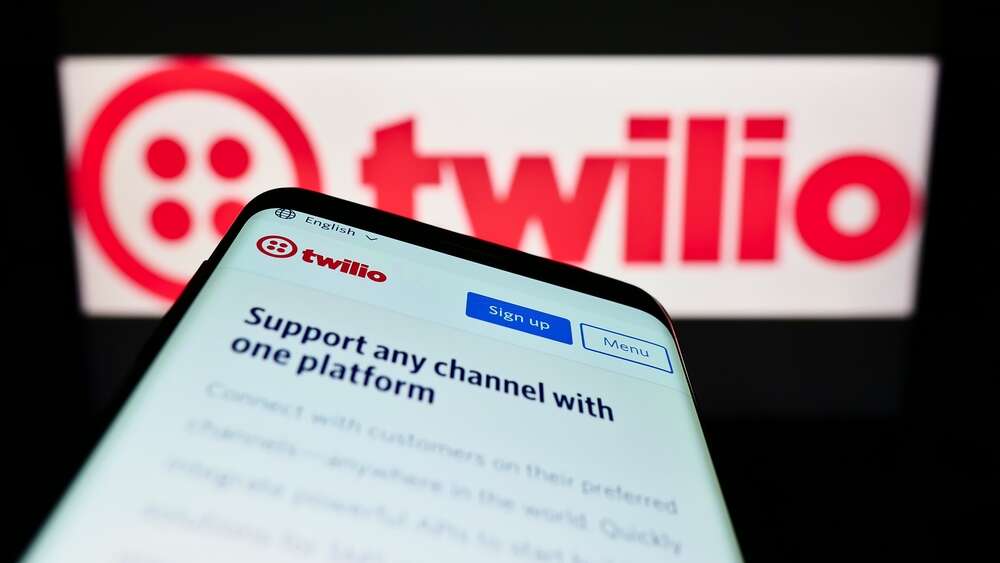
Twilio is the latest tech company to turn to AI tools as a way to improve customer experiences. The communications vendor has integrated OpenAI’s GPT-4 foundation model into its Twilio Segment customer data platform to improve personalisation for end users.

Companies have been actively looking for ways to integrate generative and foundation model AI across product ranges since the launch of ChatGPT by OpenAI in November. This includes Microsoft, Google and Salesforce actively embedding the technology into their product ranges.
For cloud service providers, the ability of a large language model to search across sprawling datasets rapidly is proving useful for personalisation and customer experience. It allows the end user to engage with large and complex pieces of information as if communicating with a human.
While some companies, such as Databricks, are working with open-source or custom-built models, others are turning to large AI labs. Twilio has worked with OpenAI to integrate its GPT-4 large language model across Segment, as well as its Engage marketing service.
The new integration is part of the Twilio CustomerAI technology layer that combines generative AI with customer data in a secure way. It allows Twilio’s customers to better understand their own customers through better organised, clean and actionable data.
Giving data more context
“It’s clear that large language models are the next wave of innovation in customer engagement,” said Jeff Lawson, CEO of Twilio. “Experiences like ChatGPT are coming to the enterprise to power groundbreaking experiences in sales, service, content, marketing and more. Twilio CustomerAI enables companies to build customer-aware interactions – giving the language models context about the customer they’re helping.”
He said: “Without customer awareness, any ChatGPT-like experiences would be generic and unhelpful. But with CustomerAI, companies can transform LLMs into the most helpful, knowledgeable agent imaginable at scale.”
Twilio says it has a community of more than ten million developers and this will allow them to experiment with AI against clean data. This also includes building a plug-in for Twilio Flex, the company’s digital engagement tool, for ChatGPT+ users. This will enable access to Flex directly inside the ChatGPT interface.
Another use case for GPT-4 is the ability to use Twilio’s speech recognition technology and the OpenAI large language model for a more engaging voice-based chatbot. It can then integrate with Amazon’s Polly neural text-to-speech technology to give the chatbot a voice.
“As AI drives down the cost of intelligence, it is increasingly possible for companies to deliver a deeply personalised experience for every customer,” said Brad Lightcap, COO of OpenAI. “We know how much people want this, and we’re happy to be working with Twilio to bring it to the world. Twilio Segment’s customer data platform will enable today’s and tomorrow’s large language models to unlock deep personalisation at scale for every business.”
Twilio said it has built privacy and safety into its products by design. This ensures companies have full control and transparency over the data used to inform AI interactions.






